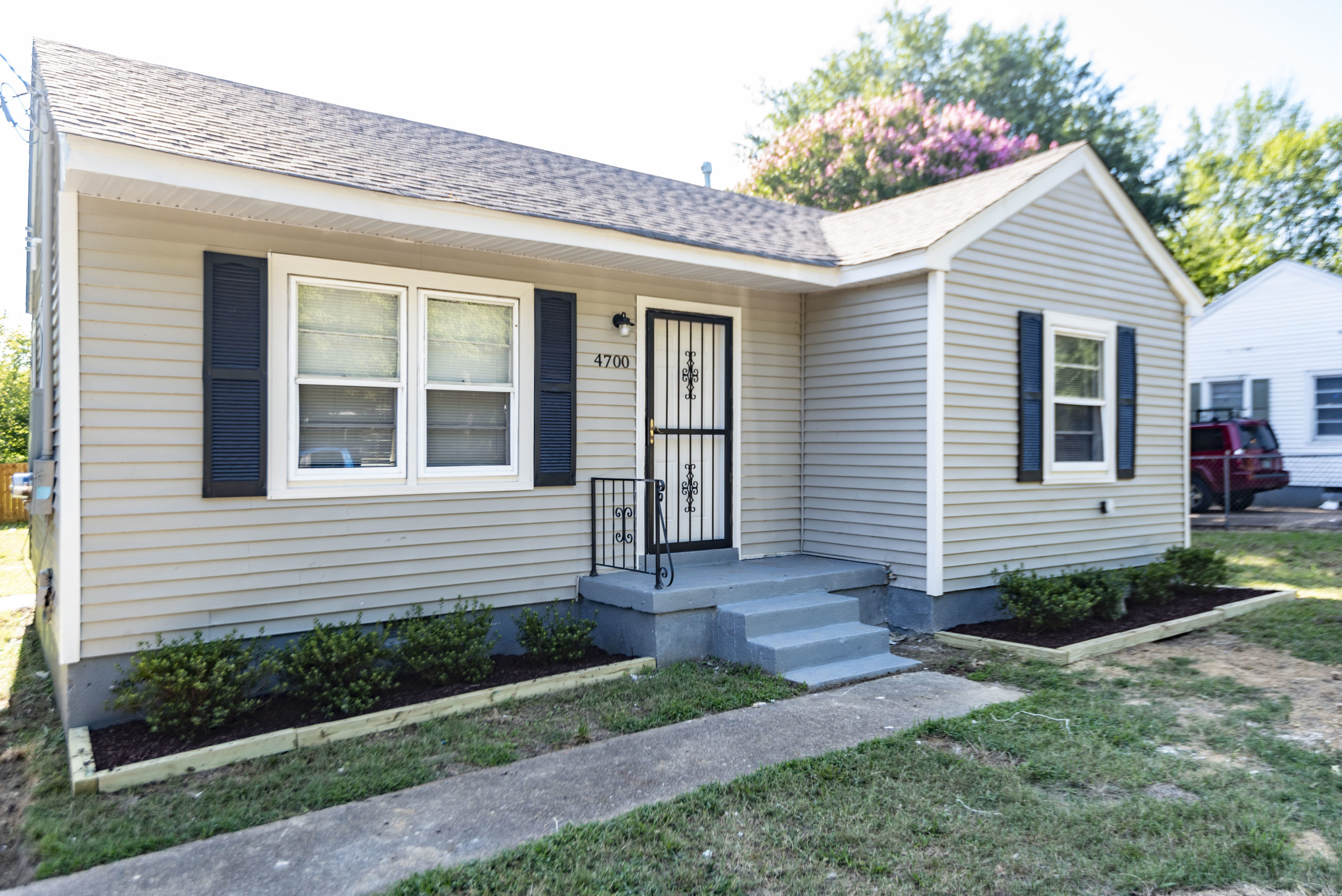The way we define “Rent Ready” is the difference between our business model and other companies/individuals who offer investment properties. The pictures on the MLS (which syndicates to Zillow) posted by the seller’s real estate agent could indicate a home as “Rent Ready” for an investor to buy. To the average seller and real estate agent, they may think the home is “Rent Ready”. To me, we still have about $22,000 in work to do. Had someone bought this house thinking it was “Rent Ready,” sooner or later, they would realize the home would be more than a maintenance nightmare. The home will also experience longer periods of vacancy because renters have better homes to choose from on the market. From a recent purchase that was originally listed as a “Rent Ready,” the capex expenses, such as the roof, furnace, and hot water tank, would most certainly need to be repaired or replaced in the first 5 years, which would swallow any profits that the new owner received. Also, the buyer would have soon realized that this a $725 house max because in its current condition, the home does not have central air, it is really a 2 bedroom instead of a 3, and the dryer is located outside in storage room- thus making it very hard to rent.
As one can see by the summary of a recent rehab on a “Rent Ready” home below, it was not even close to Turnkey. To us, Turnkey means that the home is renovated well so that our investors can maximize leverage to have consistent cash flow free of excessive maintenance. It also means renovating the home in a manner that positions itself to rent quickly because it is nicer than other homes in the area. To maximize leverage, we renovate as much as we can on the front end, instead of the buyer having to come out of pocket to fix things that could have been addressed during the rehab stage.
Had someone purchased that “Rent Ready” home, that roof would have cost them $5,000 within three to five years. $5,000 capex expense, along with normal operating expenses and some vacancy, could take 30 to 36 months to cash flow. Then what if the Furnace and Hot Water Tank needs repair during that time? Then the owner is looking at 4 to 5 years without a dollar coming back to them. If you add up the furnace, roof, and hot tank, that cost during our rehab is about $7,500. With leverage of 20% down, that comes down to an additional $1,500 in down payment. We would rather provide homes that are $7,500 more expensive by replacing items toward the end of its lifespan, with new items as they will enjoy more cash flow that way.
Through our standard renovation on this property, which is the foundation of our business model, we will be able to reduce maintenance, reduce vacancy and attract a higher value and rent. Here is the highlights of a recent rehab:
1. Roof had about 3 to 4 years left, but it seeing that it had 4 layers, roof leaks would have developed. Or if a snow storm came, the weight could have created immediate concerns. We stripped the roof, replaced a lot of the decking and put on a new 25-year shingle.
2. Furnace was 25+ years. It works, but we replaced with a new Furnace.
3. Hot Water Tank was 12 years old. It works, but we replaced with new tank.
4. The house did not have central air- we put in central air.
5. The ceiling kitchen was 12×12 mineral fiber, not only was it ugly, but had been repaired incorrectly. We gutted the ceiling and replaced with sheetrock.
6. Bedroom 2 and 3 were connected by a door way. It would have been hard to rent out with having access to Bed 3 via a door from Bed 2. We are going to frame that door way with drywall and close off.
7. Master Bathroom floor was cracking so we installed new floor.
8. Master Bath Surround was not installed properly, thus we gutted and replaced with ceramic tile.
9. Same with Hall Bathroom. We gutted that entire bathroom and installed new vanity.
10. Kitchen Flooring was not laid correctly, thus we pulled up and replaced.
11. Base Cabinets in Kitchen were in bad shape, pulling those and installing new.
12. Kitchen not plumbed for dishwasher- we plumbed so that we can install a new dishwasher.
13. Repainting the interior as the paint job was awful.
14. Dryer 220V outlet was in laundry room. No one wants to go outside to dry their clothes, se we ran a 220V wire so that the dryer can be next to the washing machine in the kitchen. We will also enclose the washer and dryer into a closet so that they are not visible, which will make the house more aesthetically pleasing and easier to rent.
 Schedule a Consult
Schedule a Consult
